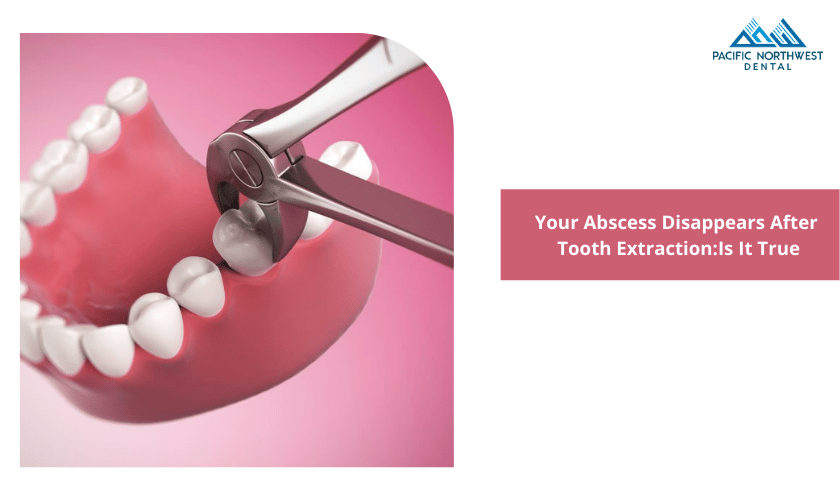
As far as extractions go, the main reason is that someone has a lousy gum or tooth. People get dental or tooth infections and build up pus inside their gums or teeth in a “pocket” that looks like a “well.” With the help of white blood cells, the human body can fight off infections. You can visit Pacific Northwest Dental in Beaverton, OR for the best tooth extraction treatment. After a tooth is pulled out, what happens to the abscess? Find out by reading this blog.
Abscesses may have a variety of causes and can be treated in a number of different ways
An abscess is a pus-filled space in the body. An abscess, also known as pus, is a thick fluid full of bacteria, dead cells, and tissues. If you get an infection at a particular place, you’ll see it in a different color.
The human body makes a substance called neutrophils that eat the bacteria and then break them down naturally. These dead bodies make up the most amount of pus.
Access Types
A dental abscess can be classified into two groups based on where it grows. One is called a periapical abscess, and the other is a periodontal abscess. There are two types of plaque: one on the teeth, and one on the gum line.
After a tooth is pulled out, what happens to the abscess?
There are two main reasons a dentist might want to remove an abscessed tooth. Before the dentist removes the tooth, they will give the patient antibiotics to get rid of the infection. This is very important for complete healing and quick recovery.
Nevertheless, you should exercise caution after the extraction of your tooth in case you develop an abscess or infection. A new site for the bacteria, and the fact that mouthwash isn’t allowed for the next 24 to 48 hours, gives the bacteria time to do damage. This is why this happens.
Bleeding is the first sign that an abscessed tooth or gum formation has formed after having a tooth pulled. See a dentist straight away if this occurs. According to how much damage there is, he will give antibiotics or another treatment option that is right for you.
Most dentists in Beaverton give their patients antibiotics before they have their teeth pulled, even if they don’t have an abscess in their mouth. This is a way to kill as many bacteria as possible so that the anesthesia is correct and the in-and-out process is easy. The reason is that more anesthesia is needed when there are germs around.
Symptoms of an infection after having a tooth removed
- Pain in the jaw
- Fever
- Jaw and teeth are swollen.
- Fatigue
- Glands in the neck
- Increased sensitivity to the teeth
- It hurts a lot to move your jaw.
- Halitosis
The taste of metal in your mouth
After taking painkillers, there was long-term pain—complications caused by the formation of an abscess. Abscess formation is a dangerous thing after a tooth is removed. If it isn’t treated quickly, it can turn into sepsis.
Sepsis is a condition in which the bacteria that causes an infection separates from its source and moves to other parts of the body, infecting them through the blood flow.
Getting rid of a dental abscess
- Cut the area, and you should also drain out the pus.
- Perform root canal.
- Do oral surgery.
- Antibiotics are used to treat infections.
Visit Pacific Northwest Dental in Beaverton, OR if you have abscessed teeth or have severe pain in your teeth or gums.
